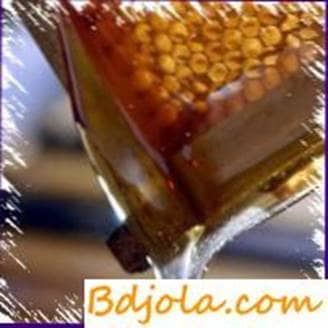
Eucalyptus honey is unpleasant to the taste, but highly valued, as it is used in folk medicine for the treatment of pulmonary tuberculosis. Literary data on the medicinal properties of eucalyptus honey in tuberculosis are contradictory: some praise these properties, others consider them exaggerated.
Bees produce this honey from nectar of large single flowers with numerous stamens of evergreen tree – eucalyptus large, cultivated mainly in the subtropics.
Given that eucalyptus oil and other medicinal substances are not contained in the flowers of eucalyptus trees, but only in leaves, it can be considered that the opinion of the important medical significance of eucalyptus honey is not justified.
Содержание пчел в ульях лежаках. Пчела-осмия.
Bee Honey